A Brief Introduction to Minerals
Minerals, by definition, are naturally occurring “inorganic” (Not containing any organic) substances, often characterized by a precise crystal structure. Its “chemical structure” (The atomic arrangement of a substance) can be exact or can vary within a range. “Native elements” (Group of minerals with a molecular structure of only one element; examples are Copper, Sulfur, and Diamond). that occur in nature are also considered minerals.
Minerals are economic goods. They are mined for the valuable elements they contain or the need for unique properties. Other minerals are mined for their beauty and rarity, giving many specimens world-recognized value and new ones are being discovered all the time. Little known to professional mineral collectors, they are rare, have no commercial purpose, and almost never make good specimens.
Characteristic Properties of Minerals:
Minerals can be identified by various physical and chemical properties. It is important to understand that minerals are typically identified by a variety of properties.
There is no single characteristic that can diagnose all minerals. Common diagnostic features include:
- Color
- Streak
- Luster
- Hardness
Other properties that can be used for mineral diagnostics include:
- Crystal form
- Cleavage
- Fracture
- Smell
- Taste and many more
Color:
Color seems like a simple property, but identifying minerals by color alone can be dangerous. Most minerals can exhibit a wide range of colors due to small amounts of impurities, like these quartz examples. Another example: Ruby and sapphire are the same mineral, corundum, and come in a variety of colors. Therefore, color alone is not very diagnostic,ook at some colorful mineral.

Streak
Mineral Streak is the color of powdered minerals on streak slabs (unglazed porcelain tiles). This property is useful for diagnosis of a small number of minerals (usually those with a metallic sheen). Although the mineral colors vary, the stripe colors are remarkably consistent.

Luster
Luster describes the way a mineral surface reflects light. There are many types of glosses, but the most common are
- Metallic
- Nonmetallic
- glassy
- brilliant
- dull

Hardness:
Hardness is a mineral's ability to withstand scratches.
The Mohs Hardness Scale is a unit less 10-point scale of where each hardness value is represented by a common mineral.
The Mohs hardness scale is not linear! hardness can be directly related to bond strength – hardness is the representation of the weakest bond. Compare the hardness of graphite (H=1) and diamond (H=10). They have the same chemical composition but different bonds/structures
Crystal Form
Some minerals that grow without being impeded by their environment develop characteristic crystal shapes or crystal form that represents symmetry in the crystal structure. Crystalline form may be a diagnostic characteristic of some minerals
The internal structure of quartz is six-sided symmetrical (hexagonal). As a result, quartz
crystals generally have six faces.

Halite has an internal structure that has a cubic (4-sided) symmetry (four-sided symmetry). As a result, rock salt crystals are usually cubic.

Cleavage
In mineral terms, cleavage describes how a crystal breaks when subjected to a certain level of stress. A mineral is fragmented when part of the crystal breaks under stress and the broken part retains a smooth plane or crystal shape. Minerals that do not produce crystallized fragments when broken do not have cleavage.


Fracture
Fracture is the way minerals break in the absence of a cleavage plane. In some crystals, the bond strength is almost the same in all crystal directions.
Conchoid - Smooth curved surface resembling a shell
Fibrous - Common in asbestos
Choppy - Jagged fractures with sharp edges
Irregular or bumpy - Rough or irregular surface
Magnetism
A phenomenon in which one metal attracts another.
All elements of the category of positively charged elements, or combinations thereof, in the form of minerals or alloys exhibiting a metallic luster, are malleable, ductile and electrically conductive.
Other Properties
There are many other physical properties that may be diagnostic for some minerals.
- Play of color
- Smell/Taste
- Luminescence It is important to understand that not all properties are diagnostic for all minerals.
Let’s look at some minerals
Quartz:
Quartz is one of the best known minerals on earth. It occurs in virtually all mineral environments and is an important component of many rocks. Quartz is also the most diverse of all minerals, with many different shapes, habits and colors. Quartz has more species names than any other mineral. Feldspar is more common as a group than quartz, but quartz as a single mineral is the most common mineral. Quartz commonly forms nicely shaped 6-sided crystals that are widely available.

Pyrite:
Pyrite is a sulfide mineral and is one of the most common of the minerals with metallic luster. It is also known as “fool’s gold.”
Although it usually forms massive groups of indistinct crystals, it may also form beautifully formed cubic and soccer ball-shaped crystals.It also commonly replaces organic material and forms fossils. It has little economic importance now, but in the past, it was an important source of iron and sulfur.

Fluorite:
Fluorite is a very popular mineral, and it naturally occurs in all colors of the spectrum. It is one of the most varied colored minerals in the mineral kingdom.It comes in a wide range of colors - clear, yellow, purple and green are common.It has a Moh’s hardness of 4 and has excellent cleavage in 4 directions. Fluorite is our primary source for fluorine

Epidote:
Epidote is one of the most outstanding display minerals. The finest and most desirable form of this mineral is in delicate elongated crystals that are extremely lustrous and often interconnected. This form is highly treasured by collectors and creates one of the finest mineral showpieces. The color of Epidote is almost invariably green, in all different shades and tones, with a pistachio color habit being very typical

Tourmaline:
Tourmaline is not a single mineral, but a group of several closely related minerals. The three most well-known members are Elbaite, Schorl, and Dravite. Other lesser known members include Uvite, Liddicoatite and Buergerite. There are yet more members of the Tourmaline group, but these are extremely rare and not discussed in this guide.
Tourmaline is extremely popular among collectors and is a well-known gemstone. It is the most multicolored mineral type known, occurring in virtually every color of the spectrum. Individual stones are often multicolored and are unsurpassed in their beauty.

Aquamarine:
Aquamarine is the greenish-blue to blue variety of Beryl. It forms in beautiful crystals that can be quite large and totally transparent. Unlike Emerald which usually is flawed or heavily included, Aquamarine can form in stunning flawless crystals, creating some of the most beautiful mineral masterpieces.
Duller or greenish colored stones can be heated to very high temperatures in which they can attain

For More Amazing Mineral Visit Our Collection:
Mineral Specimens & Crystals Rock
- crystals
- epidote
- healing properties of mineral
- information to minerals
- mineral colors
- mineral definition
- mineral information websites
- minerals crystals specimens
- minerals in geology
- Rose quartz and green aventurine meaning
- specimen
- Topaz Healing Properties
- Tourmaline Quartz
- what is minerals
- Where can I buy healing crystals near me
- Where to buy healing crystals
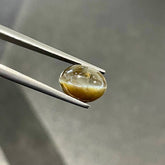
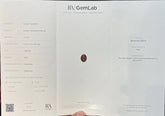
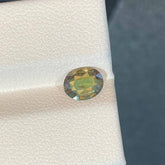
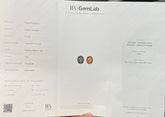
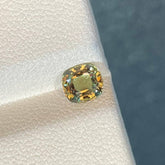

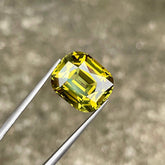
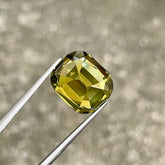
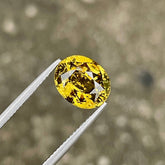
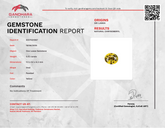
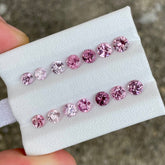

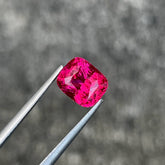

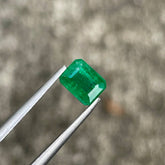

Leave a comment
Please note, comments need to be approved before they are published.